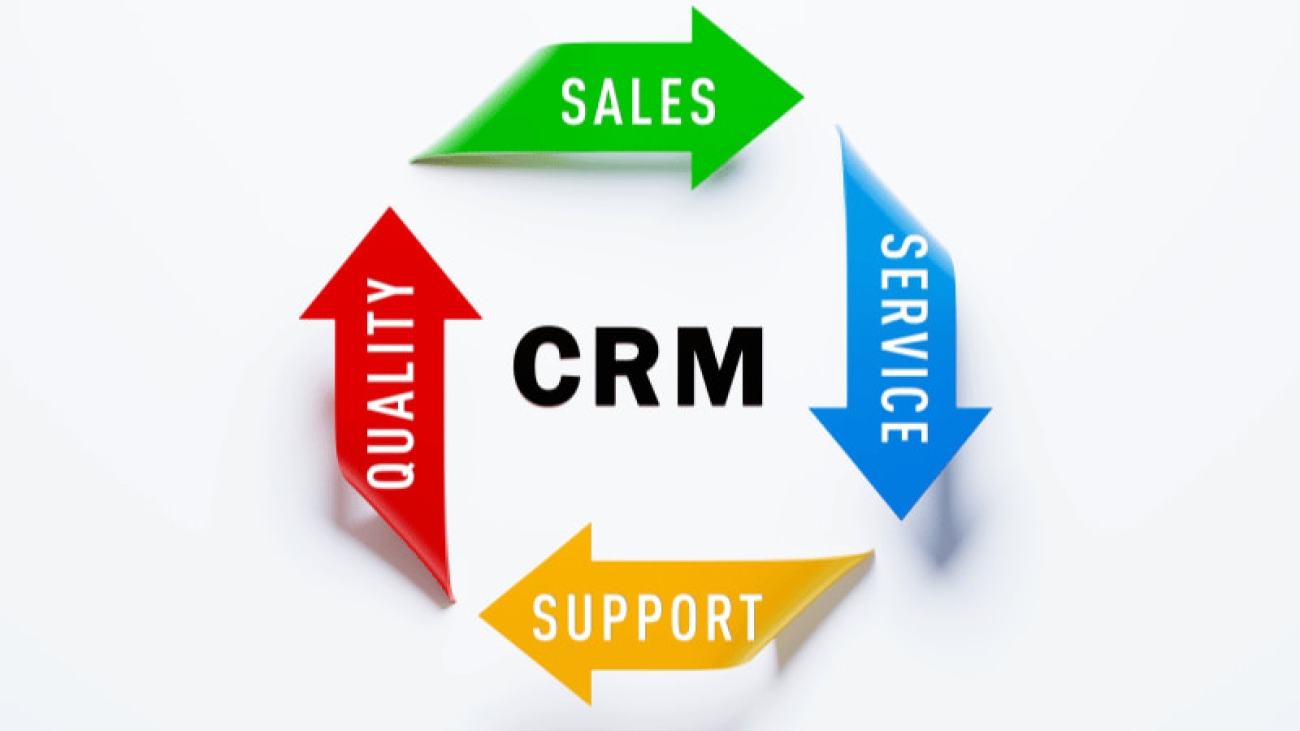In today’s highly competitive business landscape, customer satisfaction has become a critical factor for success. Satisfied customers are not only more likely to become repeat customers, but they also tend to spread positive word-of-mouth and contribute to the overall growth and success of a business. In this article, we will explore effective strategies and tips to improve customer satisfaction and create a positive customer experience.
Customer Expectations: Meeting and Exceeding Customer Demands
Introduction
In today’s highly competitive business landscape, understanding and meeting customer expectations is essential for the success and growth of any organization. Customers have become more discerning and demanding, expecting personalized experiences and exceptional service at every touchpoint. Therefore, businesses must go above and beyond to not only meet but also exceed customer expectations. In this article, we will explore the concept of customer expectations, their significance, and strategies to effectively manage and exceed them.
Understanding Customer Expectations
Customer expectations can be defined as the assumptions, desires, and needs customers have regarding a product, service, or brand. These expectations are shaped by various factors, including previous experiences, cultural influences, peer recommendations, and marketing communications. Meeting these expectations is crucial as it directly impacts customer satisfaction, loyalty, and advocacy.
The Importance of Customer Expectations
Meeting and exceeding customer expectations is vital for several reasons:
- Enhanced Customer Satisfaction: When businesses consistently meet customer expectations, it leads to higher levels of satisfaction. Satisfied customers are more likely to become repeat customers and advocates for the brand.
- Increased Customer Loyalty: By consistently exceeding customer expectations, businesses can foster strong customer loyalty. Loyal customers not only continue to support the brand but also recommend it to others, leading to increased customer acquisition.
- Positive Brand Image: Meeting and exceeding customer expectations helps build a positive brand image. Satisfied customers share their positive experiences, attracting new customers and enhancing the brand’s reputation.
- Competitive Advantage: Businesses that consistently exceed customer expectations gain a competitive edge in the market. By providing exceptional experiences, they differentiate themselves from competitors and attract a larger customer base.
Strategies to Manage and Exceed Customer Expectations
To effectively manage and exceed customer expectations, businesses can adopt the following strategies:
1. Conduct Customer Research and Analysis
To understand customer expectations, it is crucial to conduct thorough research and analysis. This includes gathering customer feedback, monitoring social media conversations, conducting surveys, and analyzing customer data. By gaining insights into customer preferences, pain points, and expectations, businesses can tailor their offerings accordingly.
2. Set Clear and Realistic Expectations
Transparency is key when it comes to managing customer expectations. Businesses should clearly communicate what customers can expect from their products or services. This includes providing accurate information about features, functionalities, pricing, and delivery timelines. Setting realistic expectations prevents disappointment and enhances trust.
3. Personalize the Customer Experience
Personalization is a powerful tool for meeting and exceeding customer expectations. By leveraging customer data and insights, businesses can tailor their offerings to individual preferences. This can be done through personalized recommendations, customized communication, and targeted marketing campaigns. Personalization enhances the customer experience and makes customers feel valued.
4. Provide Consistent and Reliable Service
Consistency is crucial for meeting customer expectations. Businesses should strive to deliver a consistent and reliable service across all touchpoints. This includes ensuring product quality, prompt response to customer queries and concerns, and seamless post-purchase support. Consistency builds trust and reinforces positive customer experiences.
5. Anticipate Customer Expectations and Needs
To exceed customer expectations, businesses should aim to anticipate customer needs. By analyzing customer behavior and trends, businesses can proactively introduce new features, products, or services that cater to emerging needs. Anticipating customer needs demonstrates innovation and positions the business as a thought leader in the industry.
6. Continuously Improve and Innovate
Meeting and exceeding customer expectations is an ongoing process. Businesses should continuously seek feedback, analyze customer satisfaction metrics, and identify areas for improvement. By investing in innovation and staying ahead of industry trends, businesses can consistently deliver value and exceed customer expectations.
FAQs (Frequently Asked Questions)
Q: What are the key components of customer expectations?
A: Customer expectations are influenced by various factors, including product quality, pricing, customer service, brand reputation, and previous experiences.
Q: How can businesses manage unrealistic customer expectations?
A: To manage unrealistic expectations, businesses should set clear and realistic expectations from the beginning, communicate effectively, and manage customer perceptions through transparency.
Q: How can personalization help meet customer expectations?
A: Personalization allows businesses to tailor their offerings to individual customer preferences, enhancing the overall customer experience and meeting their specific expectations.
Q: Why is consistency important in meeting customer expectations?
A: Consistency builds trust and reliability, which are essential for meeting customer expectations. Providing a consistent experience across all touchpoints ensures that customers know what to expect from the brand.
Q: How can businesses anticipate customer needs?
A: By analyzing customer behavior, trends, and market insights, businesses can identify emerging needs and proactively develop products or services to meet them, exceeding customer expectations.
Q: Why is continuous improvement important in meeting and exceeding customer expectations?
A: Continuous improvement ensures that businesses stay relevant and deliver value to customers. By continuously improving and innovating, businesses can exceed customer expectations and stay ahead of the competition.
Conclusion
Meeting and exceeding customer expectations is paramount for businesses seeking long-term success. By understanding customer needs, setting clear expectations, personalizing the customer experience, providing consistent service, anticipating customer needs, and continuously improving, businesses can build strong customer relationships, enhance customer satisfaction, and gain a competitive advantage. Prioritizing customer expectations is a win-win strategy that benefits both businesses and customers.
How to Improve Customer Experience: Strategies for Success
Improving customer experience is a continuous process that requires a deep understanding of your customers’ needs, effective strategies, and a customer-centric culture within your organization. By implementing personalized interactions, streamlining processes, leveraging technology, and continuously measuring and improving, you can create memorable experiences that delight your customers and drive business growth. Start implementing these strategies today and watch your customer experience soar to new heights.
Multichannel vs. Omnichannel: The Right Retail Strategy
In today’s rapidly evolving business landscape, retailers face the challenge of reaching and engaging customers through various channels. Multichannel and omnichannel retail strategies have emerged as two popular approaches to tackle this challenge. In this comprehensive guide, we will delve into the differences between multichannel and omnichannel retail, their advantages and disadvantages, and provide valuable insights to help you choose the right strategy for your business.
Enhancing Policyholder Retention: Strategies for Success with Spechy
By leveraging the capabilities of Spechy, such as personalized customer communication, proactive policyholder support, streamlined claims management, data-driven insights, and proactive policy reviews, insurance companies can foster stronger relationships with policyholders, increase customer satisfaction, and improve policyholder retention.
Empowering Digital Users through Banking Technology Changes with Spechy
upporting digital users through banking technology changes is crucial for a smooth transition and a positive user experience. With Spechy as a powerful CRM system, banks can seamlessly onboard and train users, enhance self-service capabilities, provide personalized support, deliver proactive communication, and continuously improve based on user feedback. By leveraging Spechy’s capabilities, banks can empower digital users, build trust, and ensure a successful transition during banking technology changes.
Digital Solutions for a Great Employee Experience – Great Resignation
In the era of the “Great Resignation,” businesses need to adapt and prioritize the employee experience to retain top talent. Spechy offers a range of digital solutions to streamline onboarding, facilitate remote collaboration, enhance employee recognition and engagement, provide professional development opportunities, and promote work-life balance and well-being.
Elevating Customer Support with Client Engineering at Spechy
Client engineering at Spechy is a comprehensive approach that goes beyond traditional technical support, focusing on proactive issue resolution, performance optimization, collaborative problem-solving, continuous innovation, and robust support infrastructure. By embracing client engineering practices, we empower our clients to deliver exceptional customer support, optimize system performance, and drive their business growth. Through a collaborative partnership, we work alongside our clients, leveraging our engineering expertise, and providing the necessary resources to ensure their success.
Embracing the Digital Tipping Point for Insurance with Spechy
The digital tipping point has arrived for the insurance industry, and embracing digital solutions is crucial for success. Spechy empowers insurance companies to navigate this digital transformation by digitizing customer interactions, enhancing customer engagement, streamlining claims management, leveraging data analytics, strengthening security and compliance, and fostering collaboration and efficiency.
Experience-Driven Digital Transformation: Empowering Businesses with Spechy
Digital transformation is not just about implementing new technologies—it is about creating exceptional customer experiences. Spechy empowers businesses to embark on an experience-driven digital transformation journey, placing customers at the center of every strategic decision.










